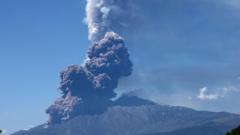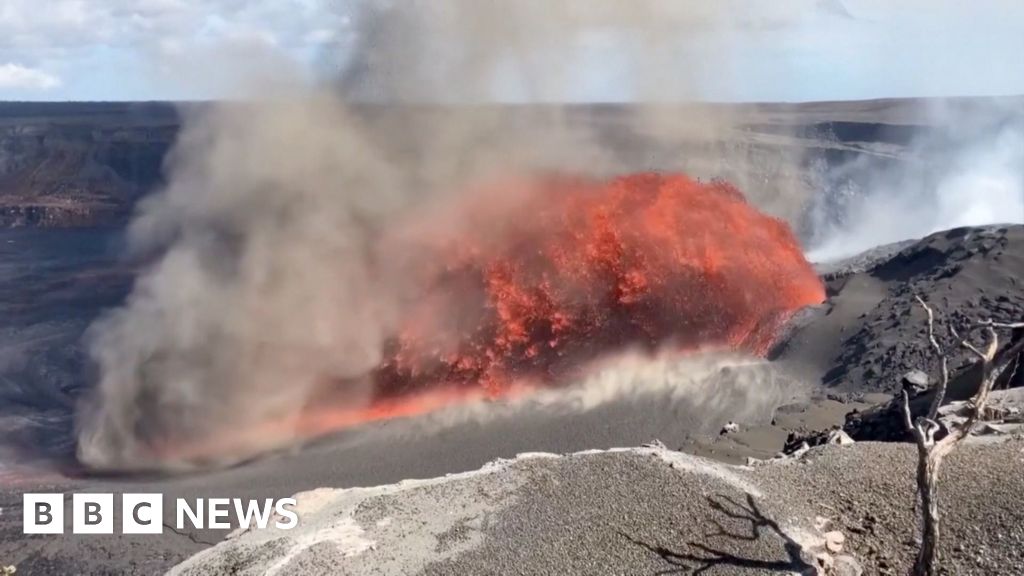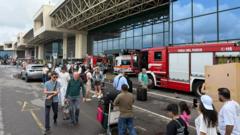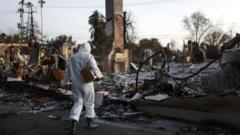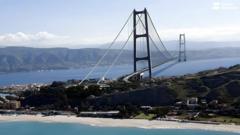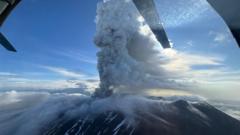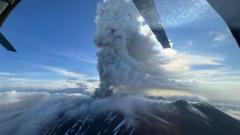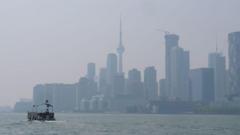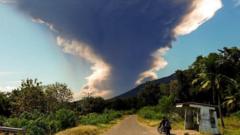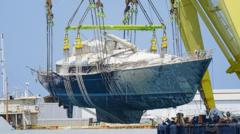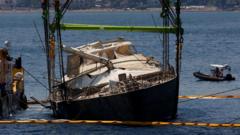On Monday morning, Italy's Mount Etna erupted, releasing substantial clouds of ash and smoke. Dramatic images and videos from Sicily captured the volcanic activity. Early reports from the National Institute of Geophysics and Volcanology (INGV) remarked on the increasing intensity of the explosions.
Despite the powerful displays, the overall impact of the eruption seems minimal. Pyroclastic flows—fast-moving currents of hot gas and rock—were observed cascading down the volcano's slopes, originating from a 200-meter-wide vent identified by geologists on the southeastern edge.
Monitoring has indicated that changes in activity began around 00:39 local time (22:39 GMT), marking the onset of a "Strombolian" eruption characterized by intermittent explosions linked to gases in the magma chamber. This phenomenon can pose significant hazards, especially to aviation; a red alert was initially issued, leading to possible flight suspensions, although it was later downgraded.
In their latest updates, authorities mention that the volcanic material has not yet crossed the Valley of the Lion—a key location on the route to the summit accessible to tourists. Given the historical context of Mount Etna's eruptions—which usually do not lead to major damage or injury—the region is predominantly safe, although caution is advised, especially for nearby travelers.
Etna's last significant eruption occurred in February, which resulted in numerous flight diversions at Catania airport due to ash clouds. Authorities continue to monitor the situation, as tourists are advised to keep a safe distance from the active flows and potential hazards associated with volcanic activity.

